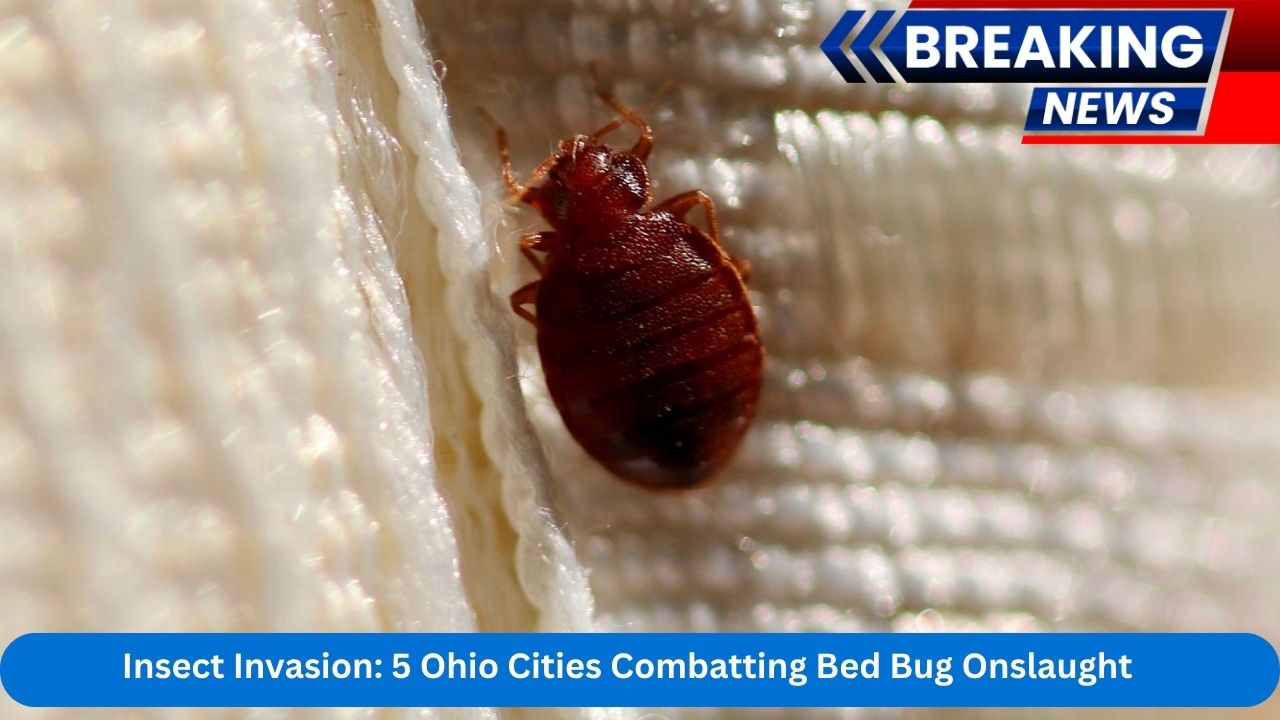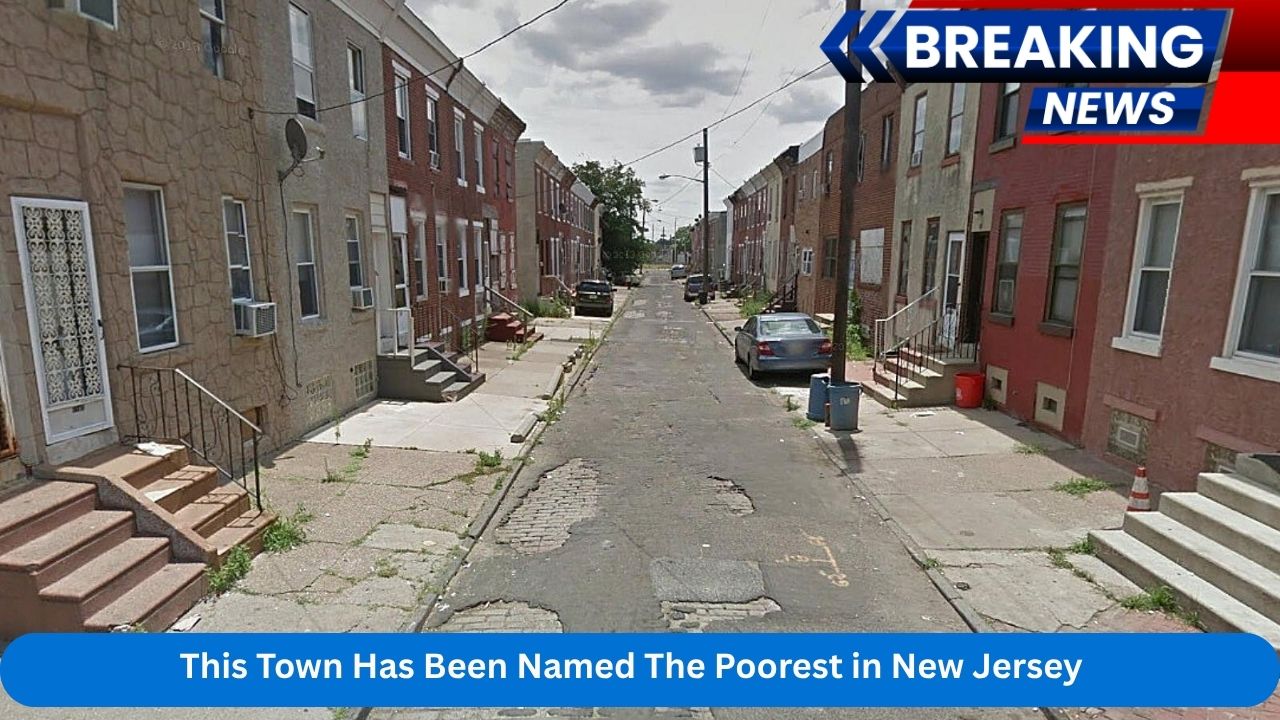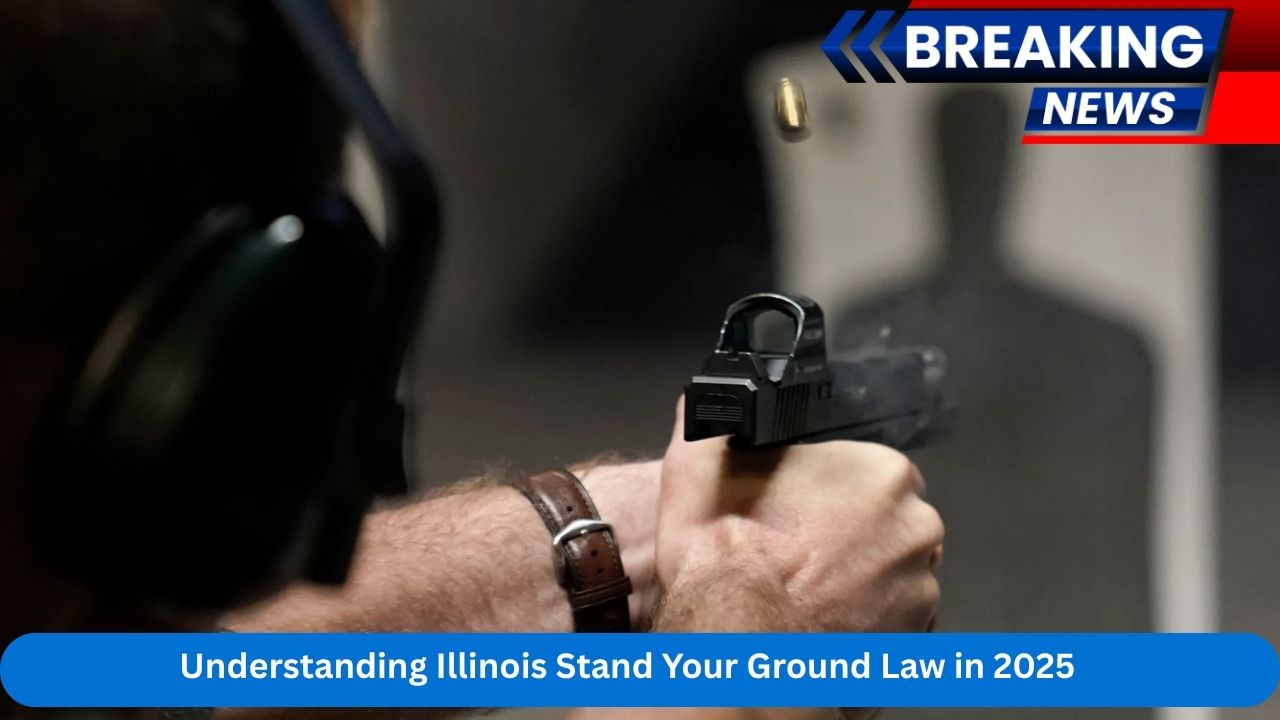Once largely eradicated in the latter half of the 20th century, bed bugs have surged back with alarming vigor in recent years. These tiny, nocturnal pests are now widespread—capable of turning even the most vigilant households into infestation zones. Ohio, in particular, has emerged as a hotspot due to a mix of dense urban centers, travel corridors, and resilient pest populations. In this comprehensive examination, we spotlight five Ohio cities—Cleveland–Akron, Columbus, Cincinnati, Dayton, and Toledo—as case studies in the statewide struggle to reclaim homes, rentals, and public spaces from the red menace.
Understanding Bed Bugs: What Makes Them a Problem
Bed bugs (Cimex lectularius) are small (about 4–5 mm), flat, reddish-brown insects that feed on human blood, typically while hosts sleep. Though they do not transmit disease, their bites cause intense itching, rashes, and psychological distress. Worse yet, they reproduce swiftly—females can lay 200–500 eggs in a lifetime—and can survive several months without feeding. They hide in mattresses, furniture, luggage, cracks in walls, electrical outlets, and even behind picture frames, making detection difficult. Resistance to many common insecticides further complicates control efforts. Effective management requires a blend of mechanical, chemical, and thermal treatments—often involving professionals.
Why Ohio Is Vulnerable
Ohio’s structure and demographics fuel the perfect storm for bed bug spread:
-
High Travel Flow: With major interstates linking Cleveland, Columbus, Cincinnati, and Dayton, the movement of people equates to the movement of bed bugs, which hitch rides on clothing, luggage, and furniture.
-
Dense, Aging Housing: Urban areas with older apartments and multifamily units provide ample hiding places and facilitate cross-contamination between units.
-
Insecticide Resistance: New research highlights bed bugs developing resistance to pyrethroids and other common pest control chemicals, making DIY efforts less effective.
-
Limited Awareness: Many residents are unfamiliar with early signs of infestation or best practices for prevention, allowing issues to escalate before being addressed.
City Profiles
Cleveland–Akron
-
National Rankings & Stats: Ranked 3rd worst in the U.S. for bed bug infestations in 2025. In 2023, Cleveland alone recorded over 1,200 confirmed cases. Dense housing, frequent interstate travel, and high mobility contribute heavily to its status.
-
Local Response:
-
Public health departments now offer free inspections and guidance.
-
Partnerships with pest-control professionals provide access to cost-effective or free treatments.
-
Public education campaigns raise awareness—especially in lower-income neighborhoods.
-
Legal resources assist tenants in enforcing landlord responsibilities.
-
Columbus
-
National Rankings & Stats: Steady presence in the top 15–20 worst cities, with a 25% increase in reported cases from 2022 to 2023.
-
Local Response:
-
A citywide Bed Bug Task Force works across public health, housing, and legal sectors.
-
Programs educate landlords and tenants on prevention, inspections, and treatment protocols.
-
Code enforcement can require professional intervention in multi-unit buildings.
-
Resources and financial support (e.g., through inspection subsidies) aim to reduce treatment costs.
-
Cincinnati
-
National Rankings & Stats: Consistently listed within the top 15–20 worst cities nationally, with more than 800 reported cases in 2023.
-
Local Response:
-
Health department-led workshops for tenants and landlords focus on recognition and prevention.
-
The city works with pest-control firms to secure reduced-cost services.
-
Community outreach spreads awareness in high-risk zones.
-
Dayton
-
National Rankings & Stats: Sits around 33rd–40th nationally, but shows signs of modest improvement: placing 33rd in 2023, down from 32nd in 2022. Overall, its metro still ranks in the Top 50.
-
Local Response:
-
Educational campaigns center on travel safety and home inspections.
-
Residents are encouraged to use the “S.L.E.E.P.” method—Survey, Lift, Elevate, Examine, Place clothing in dryer.
-
While no major citywide assistant program is documented, local officials emphasize early detection.
-
Toledo
-
National Rankings & Stats: Within the Top 50 nationally, though not as deeply impacted as larger metros. Cases doubled in 2023 compared to the previous year.
-
Local Response:
-
The Toledo-Lucas County Health Department ramped up inspections in high-risk zones.
-
Community education programs actively raise awareness.
-
Partnerships with pest-control agencies offer treatment assistance.
-
Statewide Trends & Efforts
-
Overall Increase: Ohio saw a 35% growth in reported bed bug cases over five years ending in 2023.
-
Guidelines & Standards: The Ohio Department of Health established statewide protocols for prevention, detection, and treatment.
-
Funding & Assistance: Financial aid for low-income households and subsidized inspections/treatments are on the rise.
-
Community Coalitions: Many cities are collaborating with non-profits, tenant associations, and property management groups to develop holistic responses.
Economic, Health & Social Impacts
The consequences of infestations extend far beyond nuisance:
-
Economic burdens: Extermination costs can run hundreds or even thousands of dollars per household. Replacing furniture adds to the strain. Businesses, including hotels and secondhand stores, lose revenue when they close for treatments or receive negative publicity.
-
Psychological toll: Infestations often lead to anxiety, insomnia, social withdrawal, and even bed bug–related PTSD.
-
Social stigma: Fear of being judged prevents many from seeking help, allowing infestations to worsen.
-
Housing instability: Tenants facing infestations may withhold rent or move out—sometimes with city support, other times without shelter options.
Strategies That Work: Prevention & Response
Integrated Pest Management (IPM) is the best approach:
-
Inspection: Routine checking of bedding, furniture, luggage after travel, and secondhand items.
-
Non-Chemical Methods:
-
Use of HEPA vacuums and steam cleaners.
-
Encasement of mattresses and deep cooling/heating treatments.
-
Reducers of clutter, sealing of cracks, and routine laundering.
-
-
Chemical Control:
-
Licensed professionals use targeted insecticides, often rotating active ingredients.
-
Risk mitigation protects residents, pets, and the environment.
-
-
Education & Awareness:
-
Public campaigns, tenant/landlord training, and travel guides help with early detection.
-
Cities like Lakewood (in the Cleveland metro) have landlord–tenant ordinances for bed bug responsibilities.
-
-
Logistics & Cooperation:
-
Multi-unit dwellings require coordinated treatment schedules.
-
Some cities mandate prompt reporting and treatment by law.
-
What Residents Can Do: Practical Tips
-
Travel Preparation:
-
Inspect hotel beds and furniture upon arrival.
-
Keep suitcases elevated on racks or counters (avoid floors/beds).
-
On return, unpack in a non-bedroom area and use high heat (≥130 °F for 30–45 minutes) on all clothing and fabrics.
-
-
Home Vigilance:
-
Check mattress seams, baseboards, outlets, and behind headboards monthly.
-
Reduce clutter, store items in sealed bins, and vacuum with a HEPA filter.
-
-
Buying Secondhand:
-
Carefully inspect furniture for stains, shed skins, or live bugs.
-
Pre-treat potentially infested items (heat or steam) before bringing them inside.
-
-
Acting Quickly:
-
At first signs—reddish bite marks, shed skins, dark spots—hire a professional exterminator with IPM credentials.
-
Notify landlords immediately; documentation may be needed for city code enforcement.
-
-
During Treatment:
-
Follow instructions on laundry, vacating treated areas, and returning post-treatment.
-
Prevent re-infestation with regular cleaning, mattress encasement, and travel protocols.
-
Conclusion
Ohio’s rising bed bug epidemic reflects national trends, yet the concentrated efforts in Cleveland, Columbus, Cincinnati, Dayton, and Toledo are making a difference. These cities blend public education, community engagement, policy enforcement, and modern treatment strategies to slow infestations and empower residents. But success requires constant vigilance—from state-level coordination to individual actions. By learning how to inspect, treat, and prevent, Ohioans can outsmart these stealthy invaders and reclaim peace in homes and hotels—one heat treatment at a time.












Leave a Reply